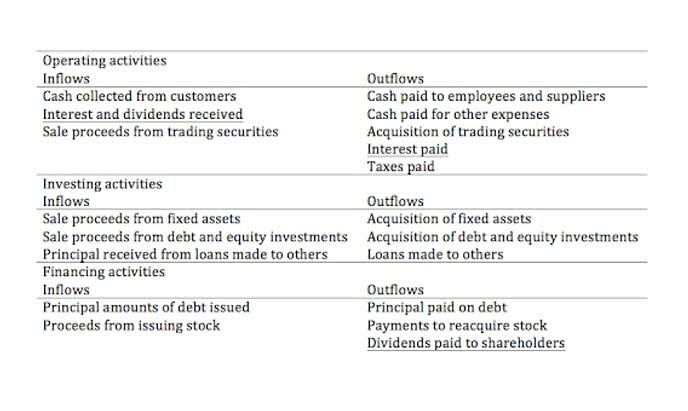
When dealing with multiple discounts, it can be complex and time-consuming to understand the total impact. A single equivalent rate simplifies this by providing a clear, concise figure that represents the overall effect of all the discounts combined. The equivalent rate of discount for a discount series is a single percentage that represents the cumulative effect of multiple trade discounts applied in sequence.
Do you own a business?
These are discounts offered to customers as part of a promotional campaign. For example, a supplier may offer a 20% discount on a new product for the first month of its release. Suppose James purchased goods from Ali of the list trade discount examples price of Rs. 50,000, on July 1, 2021. Ali allowed a 10% discount to James on the list price, for purchasing goods in bulk quantity. Further, a discount of Rs. 2000 was allowed to him, for making the payment within 30 days.

Example for Cash Discount
Suppose a supplier offers a 10% trade discount on a product with a list price of $100. The trade discount would be $10 (10% of $100), which means the customer would pay $90 for the product. Bike LTD as part of its sales promotion campaign has offered to sell their bikes at a 10% discount on their listed price of $100. If customers pay within 10 days from the date of purchase, they get a further $5 cash discount.

What is a trade discount, and how is it different from other types of discounts?
Finance Strategists has an advertising relationship with some of the companies included on this website. We may earn a commission when you click on a link or make a purchase through the links on our site. All of our content is based on objective analysis, and the opinions are our own.
- It is important to realize that the cash discount is based on the customers invoiced price of 840 (after the trade discount) and not on the original list price of 1,200.
- Best practices for managing trade discounts include having clear policies, regular reviews, and exploring other cost reduction methods.
- Alternatively, we can apply Formula 7.3a to calculate the net price directly.
- There is no entry in the accounting records for both the list price of 1,200 and the trade discount of 360 (1,200 x 30%).
- At Finance Strategists, we partner with financial experts to ensure the accuracy of our financial content.
Understanding and Analyzing Cost of Goods Purchased
The customer’s total purchase amount determines the discount received; the more they buy, the greater the savings off of list prices. This type of price reduction is usually negotiated between the manufacturer and wholesaler/retailer before any orders are placed. Discount is an allowance provided to the customers in specific circumstances.
Even though trade discounts can be recorded in the daily purchase and sales books for bookkeeping needs, there is no separate journal entry made into the general ledger for accounting purposes. To calculate the trade discount, you need to know the list price of the product or service and the percentage discount offered. A retailer is offered a 12% trade discount on a product, and this discount amounts to $30. Trade discounts can influence pricing strategies by allowing businesses to offer competitive prices to their customers while maintaining profitability. Trade discount is a reduction in the list price of a product or service, while cash discount is a reduction in the invoice price for prompt payment. Businesses often use specialized software to manage and calculate trade discounts efficiently.
A trade-in allowance is a discount given for returning an old item when buying a new one. It’s a popular method used by businesses, particularly in the automotive and electronics industries, to encourage customers to upgrade to the latest models. This type of discount not only incentivizes repeat business but also helps manage product life cycles.
- Suppose a supplier offers a 10% trade discount on a product with a list price of $100.
- The customer’s total purchase amount determines the discount received; the more they buy, the greater the savings off of list prices.
- So those of you who want to buy in bulk or meet certain conditions can get a grant from the original list price of the product in the form of a trade discount.
- Manufacturers and wholesalers typically produce catalogs for customers and vendors to order products from.
- Trade discount is a reduction in the list price of a product or service, while cash discount is a reduction in the invoice price for prompt payment.
- Clear can also help you in getting your business registered for Goods & Services Tax Law.

What are the benefits of trade discounts for both suppliers and customers?















